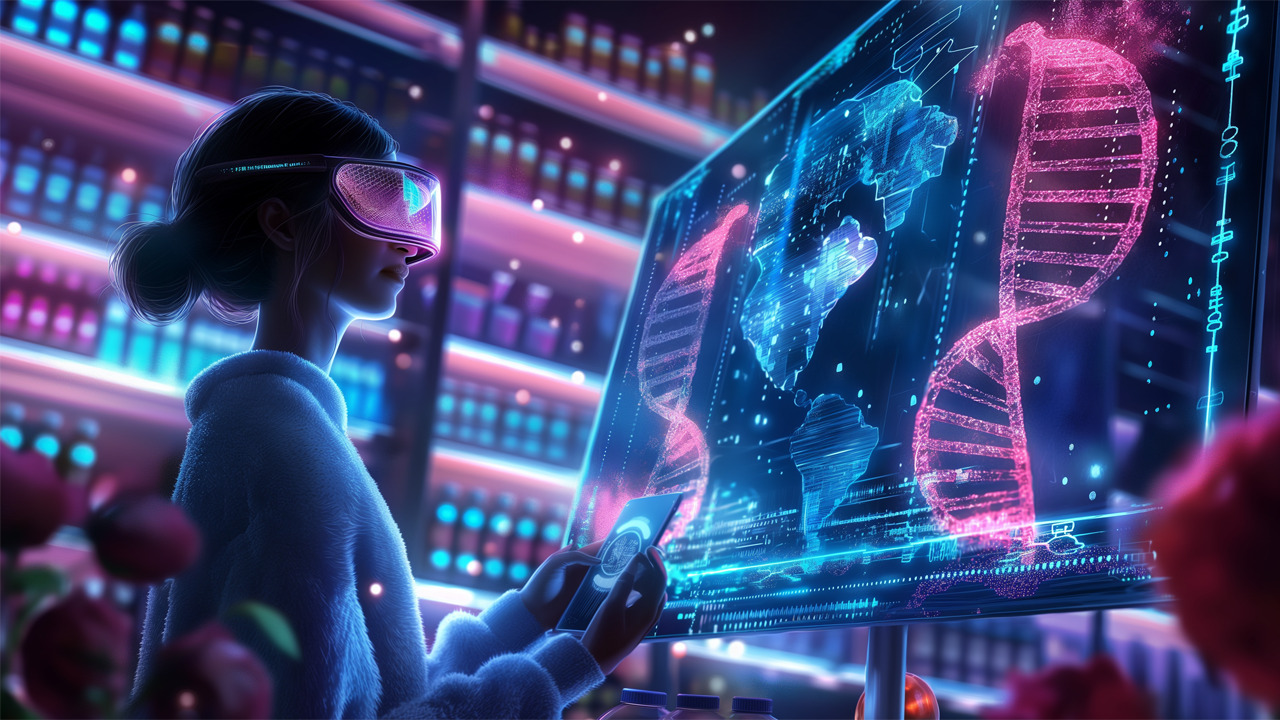Metaverses: growing pains
DUBAI, UNITED ARAB EMIRATES(PinionNewswire) — When IT giants announced the start of the development of metaverses, it was thought that the internet would change very soon. Indeed, the expectations were extremely high. Technology from sci-fi movies ready to come into your home! Expectations and hopes were not only among users, but also among developers themselves. Zuckerberg even renamed the holding company Facebook to #Meta, eloquently emphasizing business priorities.

And what’s the result?
Billions of dollars have been spent, and the product that can revolutionize the market and conquer the world is still not presented. All we have now is neither visually nor functionally close to the ideal. Many computer games look more convincing.
Why did it happen?
On the one hand, we can talk about technical difficulties related to the scale of the task. It is necessary to draw and “animate” a new world, capable of hosting millions of users. However, the giant resources spent on building the #metaverse theoretically could solve these problems.
Developers have faced a different problem: until now, most of them have not fully formulated the concept of a metaverse. We just need a simple answer to the simple question: why do you need a metaverse?
Exaggerated a bit, but the most popular answer is: “because it’s cool”. It is difficult to argue with this statement, in terms of qualitative implementation metaverse is a really cool thing. We just need to define coolness in this case, and what it gives users.
Metaverses: why do we need them?
First of all, the metaverse can be a new generation interface. Indeed, it is much more interesting to walk in virtual space, imitating the real world, than clicking the button. However, today such virtual space resembles a cartoon of mediocre quality.
In addition, full immersion in the metaverse requires 3D glasses, which is problematic for most users.
Another visible application of the metaverses is to organize the communication among users. However, here we would have to compete with the messengers which can organize quality video. Breakthrough can happen when the created digital world can compete with live video in image quality. Otherwise, we will have to talk with animated characters. Can this be considered a full communication? It’s questionable.
The problem of image quality is secondary, when a metaverse becomes the place of business.
And finally, we need to understand what kind of business can be done in the virtual world. The obvious application is transactions with virtual real estate. Do you live in the virtual world? Buy a virtual apartment!
This format works quite well, for example in the Decentraland. However, the demand for such transactions is limited: and the virtual real estate itself is a business which looks like investing in memcoins: now they are worth something, but can be depreciated at any moment. This risk is a consequence of the lack of internal utility.
Still the basis for the development of the demanded metaverse must be a connection with the real world, when you can get something tangible and desired in reality. The recipe is quite simple, we have to understand how it can be implemented.
The obvious option is to use the metaverse as a marketing tool. You can present your products, promote projects, sell on marketing boards. Conceptually, this is what Meta offers, able to provide synergy with its own social network, where there is initially a virtually unlimited user base, marketing sites. The other thing is that almost all of the above can be organized without a mechatronic. That means, it is not indispensable. To conquer the market you need something more, you need new functionality.
Metaverses: Innovation from Holiverse
Perhaps technical evolution will allow us to obtain an image that is indistinguishable from reality, and gadgets for entering into the metaverse will become convenient and accessible. Then, naturally, the replacement of traditional computers and smartphones with new devices supporting the metaverses will appear. However, in our reality there are significant technical limitations and developers will have to offer users something new and useful.
In October 2024, the beta-testing of a metaverse was announced by Lado Okhotnikov’s #Holiverse. And here the emphasis is not on visual effects (although they are not inferior to competitors), but on utility and unique functionality.
Above all, metaverse has grown from a digital business platform optimized for the implementation of complex business projects. That is an example of the business functionality in the metaverse.
For the first time Holiverse’s #marketplace offered an option to purchase a virtual product with the possibility of exchanging it for a real double. You buy an NFT that’s tied to a digital object, and then you can use it in the digital space, and you can get its double in the real world.
Holiverse offers an innovative approach to the use of a user’s avatar. As a rule, options to configure the avatar operating in digital space are limited by visual effects. You can change your appearance, wardrobe, accessories. You can appear in the guise of any living or fantastic creature. In any case, avatar settings are applicable mainly to the appearance.
The developers of Holiverse introduced the technology of digitizing a user’s DNA and transferring #DNA information to an #avatar. This way you get a digital clone that is identical to the user’s biological features.
This clone allows for the study of an individual’s reactions to taking drugs, taking dietary supplements, or experiencing physical exposure. Doctors have a completely safe and prompt tool for the selection of individual therapy.
New examples of non-standard use of digital spaces should be expected. In fact, we have not yet fully understood the phenomenon of the meteor and its impact on our civilization. There may well be applications and possibilities that we cannot even imagine. Time will tell whether the expectations of optimists will be met.